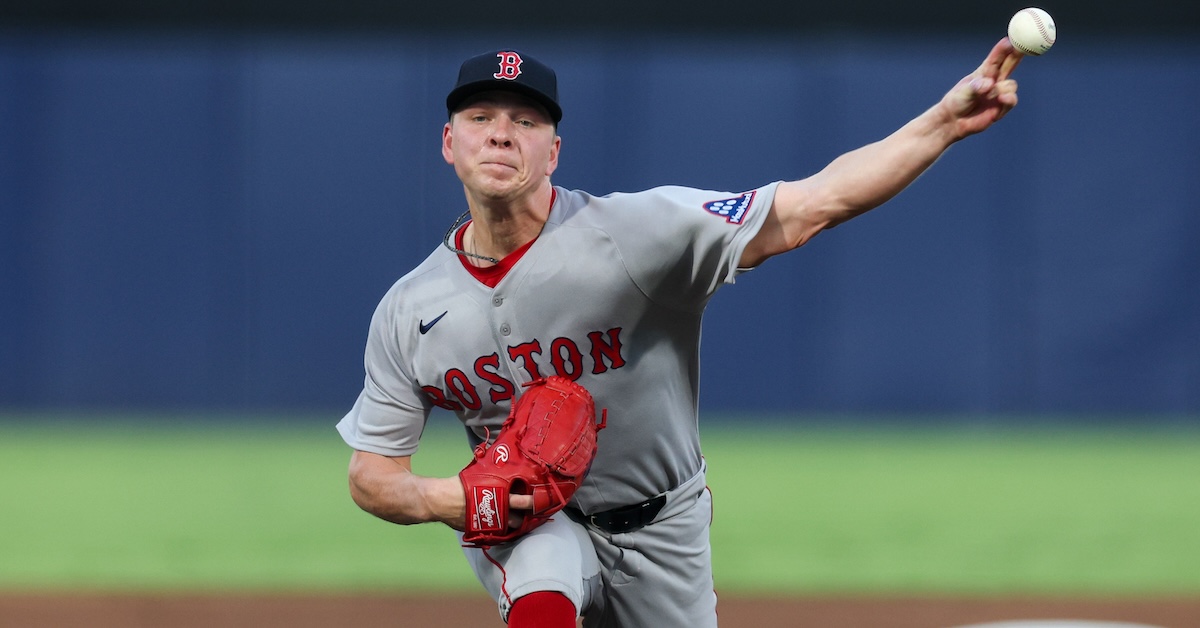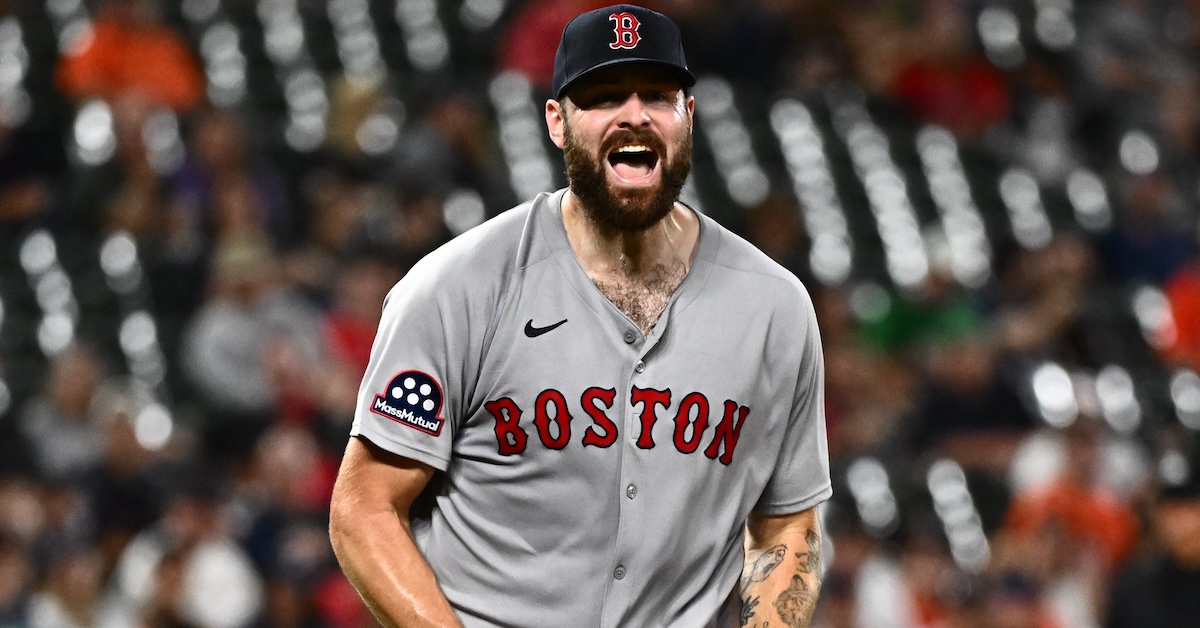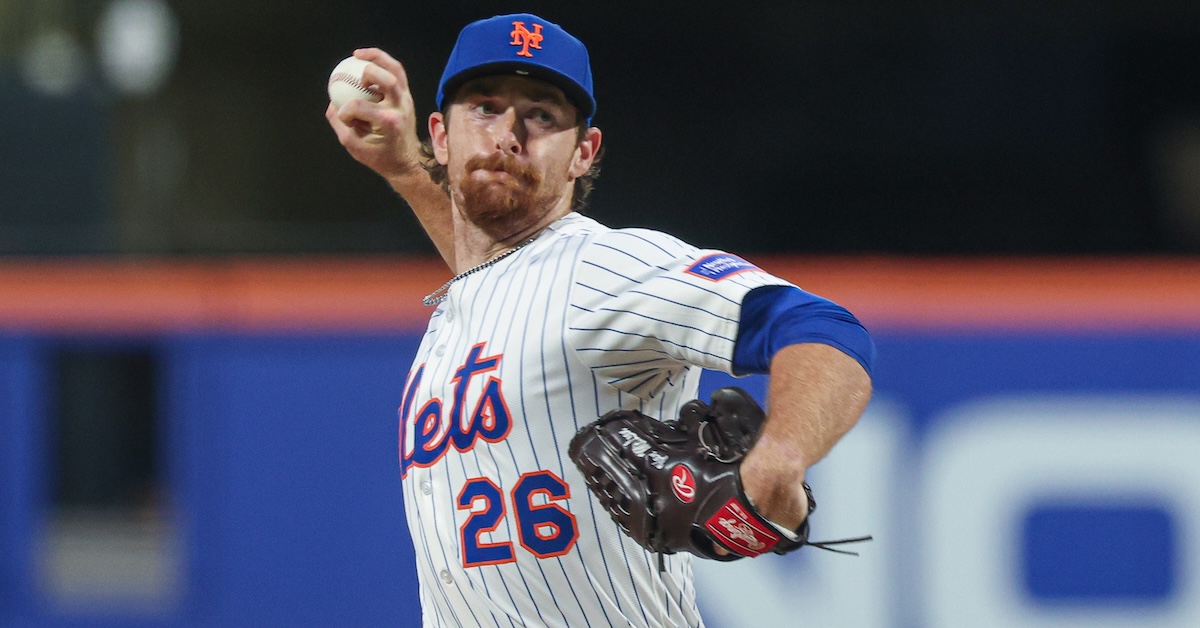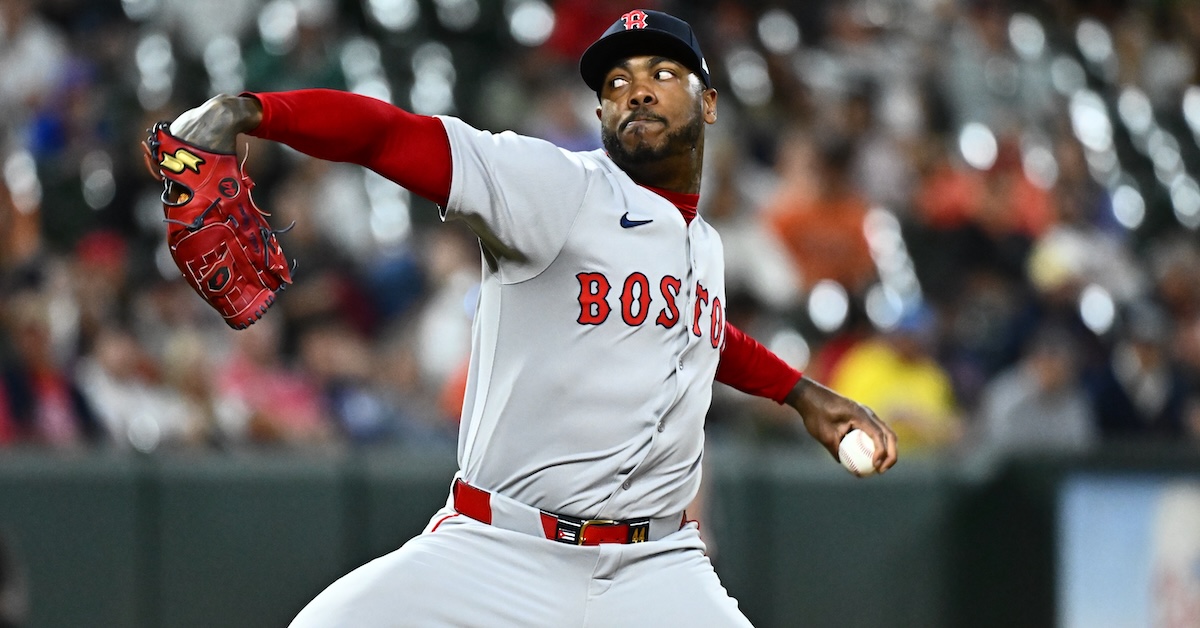Area Scout, Amateur Scouting (South Texas and South Louisiana)
Baseball Operations / Full-time / Remote
DEPARTMENT OVERVIEW:
The Amateur Domestic Scouting department is primarily responsible for improving organizational talent through the Rule IV Draft and UDFA signing process. The Amateur Domestic Scouting department strives to be best in class at identifying, evaluating, and valuing amateur baseball talent through a relentless commitment to our process and our people. This includes, but is not limited to creating well-rounded scouting practices, building relationships, leveraging R&D for process support, developing strong staff education frameworks, and establishing sound decision-making processes.
POSITION OVERVIEW:
The Area Scout is responsible for overseeing the draft process for players within their designated geographical area. This role places a strong emphasis on collaboration with other members of the amateur operation to gather and verify a wide range of critical information, including, but not limited to, background details, medical records, performance data, and player evaluation, all of which are vital to the Amateur Scouting efforts. A key responsibility of the Area Scout is to establish strong relationships with players, parents, coaches, and other relevant sources to ensure the accuracy and depth of the collected data, which is essential for informing decision-making. The ideal candidate should be inquisitive, openminded, and possess excellent interpersonal and communication skills.
RESPONSIBILITIES:
- Collect and verify comprehensive information, including background details, medical records, performance data, and other relevant information to inform scouting decisions.
- Collaborate with the National Coordinator, Amateur Scouting, to align efforts and ensure consistency in scouting practices.
- Travel within the designated geographical area to scout games, attend events, and meet with key contacts as needed.
- Establish and maintain strong relationships with players, parents, coaches, and other relevant sources to ensure the accuracy and depth of collected data.
- Continuously stay updated on players’ progress, changes in performance, and other relevant factors within the designated area.
- Evaluate talent and submit evaluations on all prospects in the area in preparation for the annual MLB Draft.
- Participate in scouting meetings throughout the year, both in person and via video conference, to discuss prospects in the assigned area.
COMPETENCIES:
- Ability to build, cultivate, and leverage genuine relationships.
- Ability to connect with and respect people from different backgrounds and cultures, including players, families, coaches, agents, trainers, and others.
- Proficient with the necessary hardware, tools, and equipment to acquire necessary information and conduct important tasks.
- Ability to use the appropriate software platform(s) and digital tools necessary for the submission and quality control of evaluations.
- An expertise of the Amateur scouting landscape and context.
- Ability to understand and utilize the data that drives the desired signals in the Amateur Scouting domain.
- An understanding of each evaluation domain (development, performance, medical, behavioral health, background, etc.) to be able to succinctly capture the information necessary to meaningfully engage with experts (doctors, S&C coaches, analysts, etc.)
In addition to the above requirements, all roles within Baseball Operations are expected to effectively demonstrate our universal competencies related to problem solving, teamwork, clarity of communication, and time management, along with embodying our culture of honesty, humility, relentlessness, and commitment to DEIB.
To Apply:
To apply, please follow this link.
The content in this posting was created and provided solely by the Boston Red Sox.







